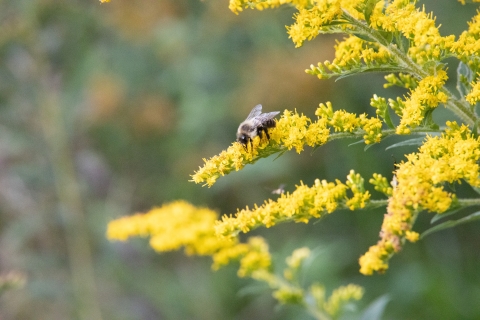What We Do
The U.S. Fish and Wildlife Service's Office of Conservation Investment administers the Highlands Conservation Act grant program, working with states, non-governmental organizations and others to sustain key landscapes in the Highlands region for the benefit of both people and wildlife.
Management and Conservation
As of 2024, more than $48 million in federal funds, matched by $75 million in non-federal funds, have been spent to permanently protect more than 16,000 acres under the Highlands Conservation Act grant program.
Thanks to strong conservation partnerships and strong conservation efforts, the program continues to support important ecological and cultural resources, including productive agriculture and forests, clean drinking water, healthy wildlife populations and exceptional recreational opportunities for the benefit of the wildlife and people who call this beautiful region home.
Funding Awards by State and Year
|
Our Laws and Regulations
Highlands Conservation Act
The Highlands Conservation Act authorizes the Secretary of the Interior to provide financial assistance to the States of Connecticut, New Jersey, New York, and Pennsylvania (Highland States) to preserve and protect high priority conservation land in the Highlands region, an area depicted on a National Forest Service map entitled "The Highlands Region" dated June 2004.
The Highlands Conservation Reauthorization Act of 2021 was included in the Omnibus spending bill, which was signed into law December 29, 2022.
Citation
P.L. 108-421


